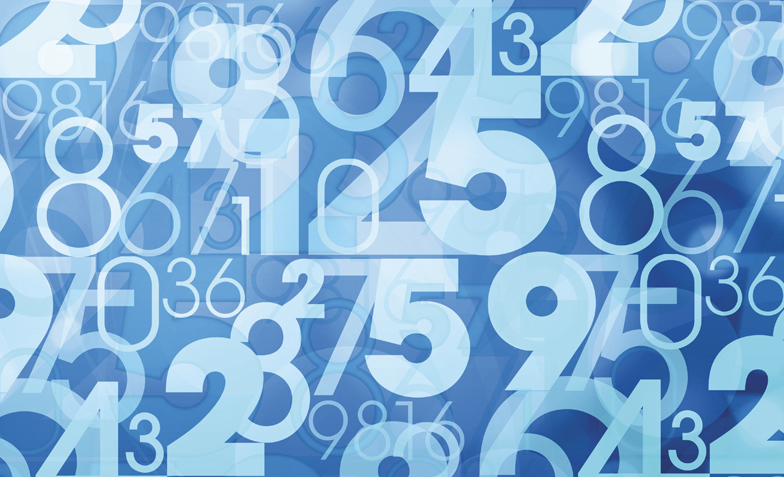
By Stephen Meskin
Here is a collection of diverse problems that are either easy and tricky or neither.
Problem 1: There are 10 different positive integers; exactly five of them are divisible by five and exactly seven of them are divisible by seven. Let M be the largest of these 10 integers. What is the smallest possible value of M?
Problem 2: How many positive integers less than 1,000 can be represented as:
a. The product of two odd numbers?
b. The product of an odd and an even number?
c. The product of two even numbers?
Problem 3: How many two-digit numbers are there whose two neighbors are a prime number and a perfect square? List them.
Problem 4: There is a 4 × 4 square that is partitioned into 16 1 × 1 square cells. From a starting cell you may move only horizontally or vertically to another cell, but you cannot move to a cell next to your current cell nor to a cell you have been to before. What is the maximum number of cells (including your starting cell) that you can reach, if you start with:
a. One of the four corner cells? Show your path.
b. One of the eight edge cells?
c. One of the four center cells?
Problem 5: You may have heard of blue-footed boobies; they are birds found on the Galapagos Islands. Did you know that there are also red-footed boobies? There is a strange island with exactly nine boobies: some red-footed and some blue-footed. When three of the boobies happen to meet, there is a two in three chance that none of them is a red-footed booby. How many of the boobies on the island are blue-footed? Explain.
Hints
Order of hop clues: a-4th, b-1st, c-6th, d-2nd, e-7th, f-3rd, g-9th, h-5th, i-11th, j-10th, k-8th
Order of skip clues: a-1st, b-7th, c-3rd, d-5th, e-6th, f-2nd, g-4th
Order of jump clues: a-1st, b-2nd, c-4th, d-3rd
Solutions may be emailed to puzzles@actuary.org.
In order to make the solver list, your solutions must be received by June 1, 2025.
Solutions to Previous Puzzles “Gotta Collect ‘Em All”
- What is the probability that all five cards in a pack are different? There is a (0.99)5 = 0.95 chance that each of the five cards is common. If so, the probability of no duplicates is simply 1*(44/45)*(43/45)*(42/45)*(41/45) = 0.795. Similarly, there is a 0.048% chance that the deck has exactly one rare card, and if that occurs there is an 87.2% chance that all five cards are different. Continuing with this logic and sum-producting the results leads to an overall probability of 79.8% probability of getting five unique cards.
- What is the mean number of packs needed to get the complete set of 50 cards? Notice that on average one in twenty packs contains a rare card. Using the collector’s card theory, it will take 20*(5/4) = 25 additional packs to get your second unique rare card. After getting two rare cards, the third unique rare card occurs on average in 20*(5/3) = 33.33 more packs. Completing this logic, it takes 20 + 25 + 33.33 + 50 + 100 = 228.33 packs to get all five rare cards on average. As we will see below it is very unusual not to have the complete set of 45 common cards by this point. So on average it takes around 228.5 packs to get a complete set.
- How do these answers change if there were no rare cards? The probability of getting five unique cards is now simply (49*48*47*46)/504 = 81.4%. The probability of getting all 50 cards is 1 + 50/49 + 50/48 + 50/47 + …. + 50/1 = 225. As there are five cards in a pack, we must divide this answer by 5 to give us a mean answer of approximately 45 packs.
Solvers: Rui Gio, Andrew Dean, David Promislow, Jerry Miccolis, Al Spooner, Sam Ellis, Daniel Wade, Anna Quady and Clive Keating. Apologies to David for accidentally not including him as a solver to my previous puzzle.